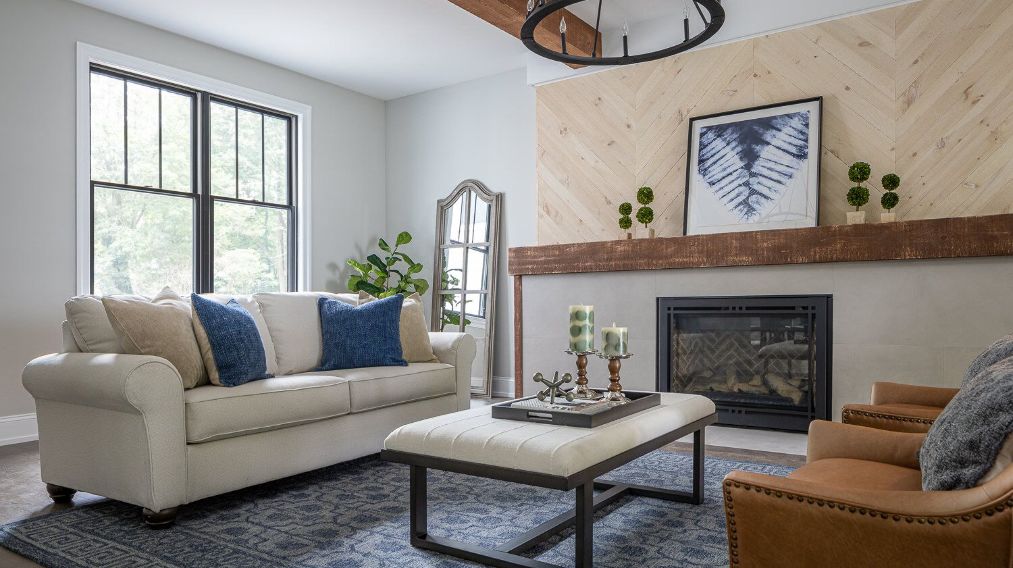
Home Staging Takes a Different Spin
For Ally Piccolomini and Monica Estes, it wasn’t a big leap from the worlds of real estate and interior design to getting homes “gussied up” and sold.
The two – Piccolomini is Estes’ niece – launched a Showhomes franchise on the Main Line in March 2014 that they say has been growing since.
Though Nashville-based Showhomes, which started in 1986, bills itself as “America’s largest home staging company,” there are thousands of home stagers across the country who work with listing agents and sellers with the twin goals of getting homes sold as soon as possible, for the highest price possible.
The number of stagers and staging companies has grown over the years, thanks to programs on HGTV and other how-to shows.
In 2015, the National Association of Realtors conducted its first survey of home staging, finding that 81 percent of the Realtors responding said staging helps buyers visualize a property as a future home.
Forty-six percent said staging makes prospective buyers more willing to walk through a home they saw online, and 45 percent said a home decorated to a buyer’s tastes positively influenced its value.
Many real estate agents take courses to obtain “accredited staging professional” designation from StagedHomes.com, thus offering one-stop shopping for their sellers.
Many agents prefer leaving home staging to the professionals.
Before moving to this area, Estes was “employed in the corporate world” and sold commercial real estate in Washington.
Piccolomini, who studied interior design at High Point University, was employed by a North Carolina furniture company.
They decided to pool their talents and started Showhomes of the Main Line – the only franchise in Pennsylvania and New Jersey, the company says.
They chose the Main Line for its diversity of housing and the wealth of higher-end product.
While prices of homes they stage range from $200,000 to $3.5 million, focusing on “the luxury market and sophisticated buyer sets us apart,” Piccolomini said.
Right now, they have 15 staged homes on the active market and hope to expand to 25, Estes said, and preparing to hire more staff.
“We try to work on no more than three homes at a time in different stages of completion,” she said, noting that, on average, the homes they stage spend 58 days on the market.
Though the costs of staging vary widely – one observer suggests $50 to $150 an hour – Estes said it tends to be less “than the first price reduction on the 61st day the house is on the market.”
What sets Showhomes apart from other stagers is its “home manager program,” she said.
In a nutshell, the program pairs people relocating to the area or those in need of temporary housing with a home for sale that the owner already has vacated.
“Finding home managers is the biggest challenge,” Estes said, adding that having someone living in a vacant house for sale ends the need for expensive homeowners’ liability insurance.
Showhomes provides them a $2 million liability umbrella policy on these houses, she said.
“We find home managers through word of mouth, or advertise in local listings in the same places there are homes for rent,” Estes said.
Candidates go through an extensive interview process, are given training, and are provided checklists to follow to care for and maintain the homes.
Sellers must agree and contracts are signed, Estes said.
During and after the housing boom, some agents and builders came under fire from consumer groups for staging homes with actors pretending to live there.
In this case, Showhomes pairs vacant houses with people needing temporary quarters who often provide their own furnishings, take care of the homes, and, of course, provide security.
“Staging is for homeowners who want to sell homes for the best price and quickly, and that means a house that is cared for and well-maintained,” Estes said.
